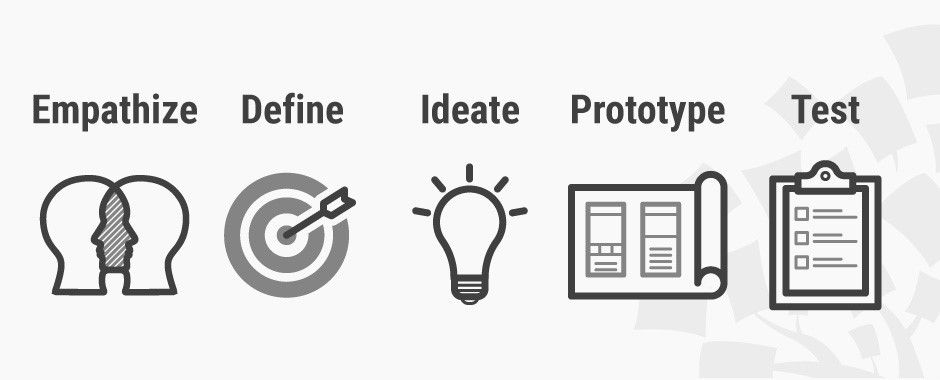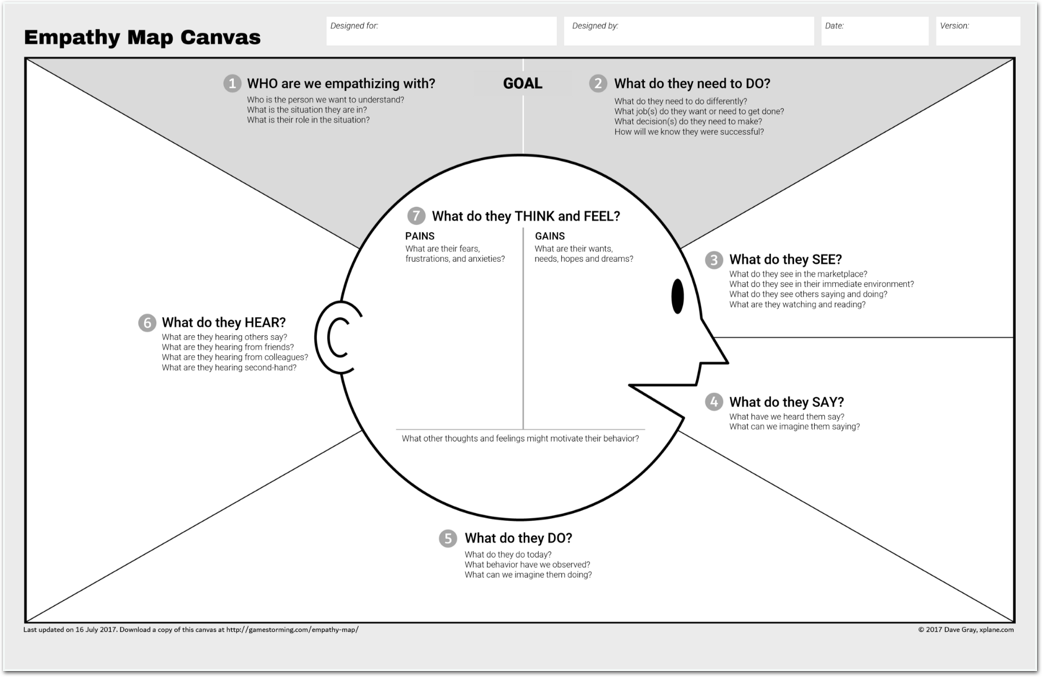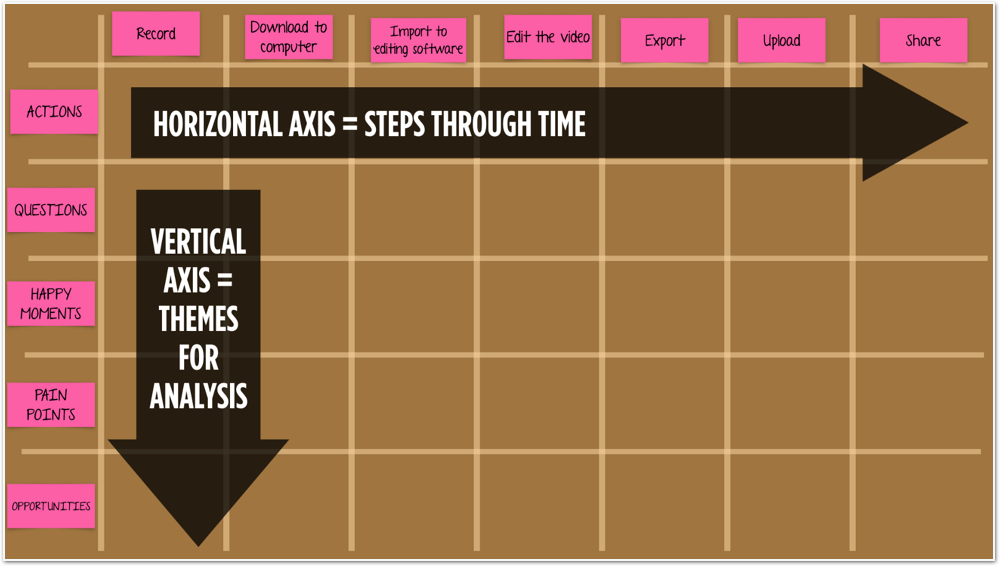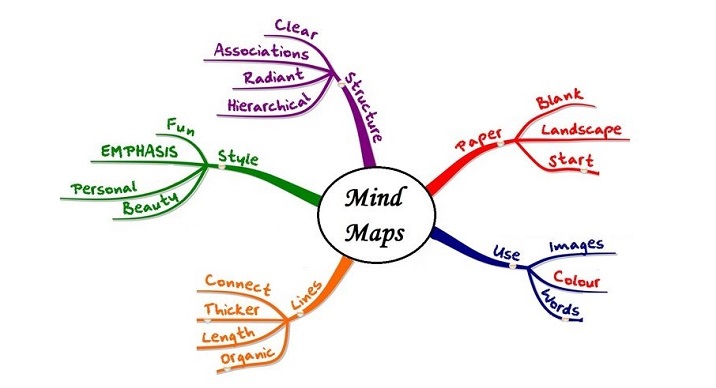Community resources
Community resources
Community resources
How to assists innovation?
April is yet another busy month, we held another global exchange session with New Zealand that crossed with Google, Compentenz and Superannuation fund. It’s always good to catch up and learn from another side of the world, especially when travel is prohibited. If you are interested, feel free to reach me out for the recording.
During a few of the sharing sessions, I’ve been regularly questioned few topics, one of which is what needs to be done to fully support innovation. Today, I will share the approach and tools I’ve been using for the past years. When a team decided to innovate, typically there’s a hypothesis behind and the team wants to examine their idea during the process by prototyping the product. What this means is, that you may be in the wrong direction; the hypothesis may be wrong; the market reacts differently, etc. In which, the team need to prepare in both mental and physical manner, reflect and adjust the strategy and goal.
As you notice about the process, it’s a cycle consisting of understanding the market need, goal definition, prototyping, testing and re-iterate. It actually similar to the Agile workflow, but rather, there’s another process - Design Thinking. With many cross-similarity, Agile is an approach to problem-solving, while Design Thinking is an approach to problem finding, uncovering what needs to be solved.
Design Thinking consists of 5 stages, Empathise, Define, Ideate, Prototype and Evaluate/Test. During all these stages, it’s always good to remind yourself to start from a human-centred design, this can be done by creating multiple personas of different backgrounds (skill, ability, gender, interests, etc). Throughout all these stages, it’s like role-playing on that persona, understanding their needs, experiences and objectives.

Illustration from Interactive design foundation
Design thinking starts off with Empathise, putting yourself into others’ shoes, understanding from the user’s perspective, what’s their behaviour, the motivation behind it. It can be done via workshops, questionnaires, interviews, empathy map canvas, experience mapping etc. During this phase, try to encourage the team to speak up, and question more about what, why, how, when, which... Sometimes you can get more than expected!


Once the pattern is cleared, you are then able to put that into a problem statement and goal, defining what needs to be done and resolved. This can be done by outlining the ultimate goal, and drawing out dependency or milestones to achieve so. Typically a fishbone graph helps to outline in a structural manner.

The team then try to Ideate the solutions to tackle the defined problem, encourage the team to Generate solutions, breaking down the solution into a different level and aspect, sometimes working out as a survey may help as well! Few techniques helps in brainstorming, such as mind mapping, sketching, and paper prototyping.

Example of a mind map
Once the solution is selected, we will bring them to a testable version by Prototyping it. Instead of heavy development, there is much Nocode software that can bring you a sense of the result, most importantly is to test out if the solution achieves your goal or not. Typically we spend at most 10-15% of Sprint time working out if any POC involves, but it really depends on your product/project execution, resources dedication etc. The solution must be testable, as the last phase is for evaluating the solution, the best case is to gain feedback from the user. An evaluation matrix as a pointing system may help you to judge.
There can be loopbacks in between these five phases, for example, if you evaluate and found the solution isn't working, you then can go back and re-solution, prototype again and test. Or even when you do testing and found the defined problem isn't the major issue, etc... All these are Okay to exist, it happens from time to time. Most importantly is rather the team have the culture to speak up, share ideas, fail and retry. It's a fun journey I would say!
Extended reading:
Design thinking: https://www.mendix.com/blog/design-thinking-vs-agile-combine-problem-finding-problem-solving-better-outcomes/
Different Perspectives on Personas: https://www.interaction-design.org/literature/article/personas-why-and-how-you-should-use-them
Was this helpful?
Thanks!
Nikkro
About this author
Chief Digital Strategy
Bank of China
Hong Kong
1 comment